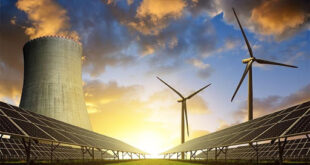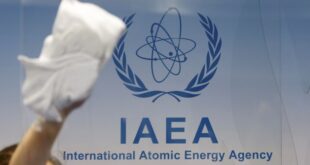Today’s low natural gas prices and abundant supplies do not reflect inherent inflexibilities in global LNG markets. according to the International Energy Agency’s first Global Gas Security Review.
“Today’s oversupply should not be regarded as a structural feature of the market and thus as an expression of the higher level of security that LNG markets can bring.” said the study. which IEA released in Tokyo on Nov. 23. “On the contrary. it stems from a step-change in the pace of global gas demand expansion that caught industry by surprise. and as such it highlights the challenges of accurately forecasting demand (and supply) in a rapidly evolving energy system.”
It said. “What is clear is that market conditions change. often unexpectedly. and the global gas security structure should be—as much as possible—resilient to sudden shifts.”
IEA Executive Director Fatih Birol said. “The growth in the global gas trade. along with the diversification of supply sources. is improving the security of supply. but there is still a need to be vigilant on gas security as the changing nature of the market means that regional demand and supply shocks may now be felt in more distant places than ever before.”
The study focused on what IEA considers two essential elements of a global gas security assessment: how much redundancy is embedded in LNG infrastructure—particularly the liquefaction portion—and how flexible LNG supplies are in practice.
It said LNG export infrastructure has lower physical production flexibility than commonly perceived. “Today. around 15% of export capacity is offline—roughly the equivalent of the combined exports of Malaysia and Indonesia.” the study said. “The lack of feedstock gas is the main factor explaining the large level of unusable capacity. The remainder is attributable to a combination of hard security issues and technical problems.”
LNG plants operate as baseload facilities. with very high utilization that has hardly changed since 2011. the report noted. “This reflects both the cost structure—characterized by very high upfront capital costs—and the technical characteristics of LNG export plants.” it said. “As such. the business model underpinning LNG production is by definition rigid. The result is a basic lack of short-term upswing capability in LNG production.”

 Iran Energy News Oil, Gas, Petrochemical and Energy Field Specialized Channel
Iran Energy News Oil, Gas, Petrochemical and Energy Field Specialized Channel



